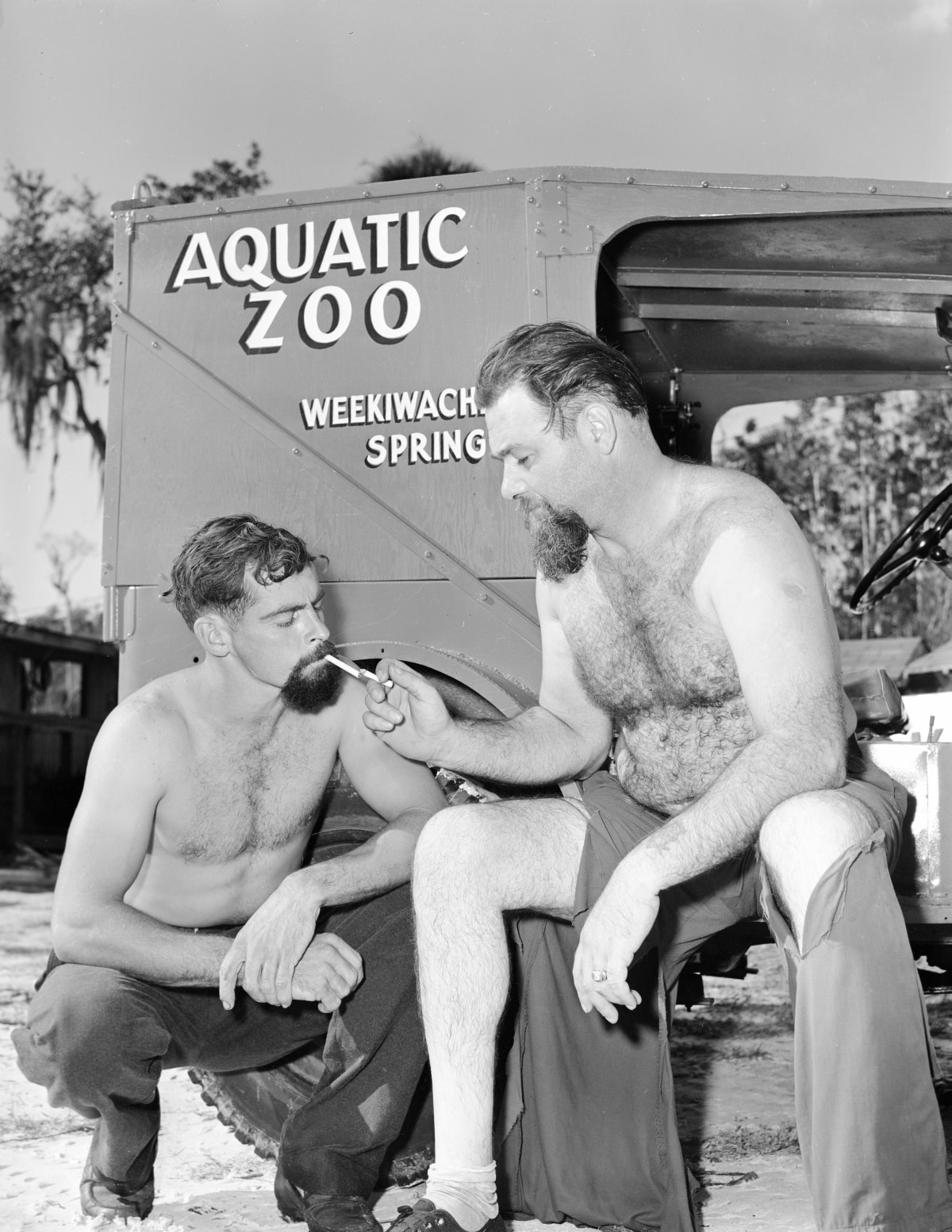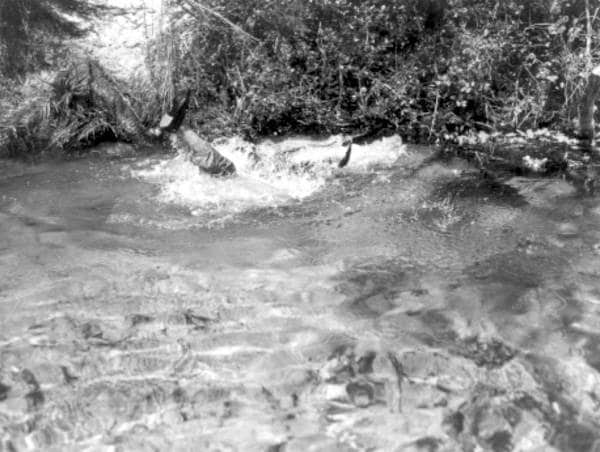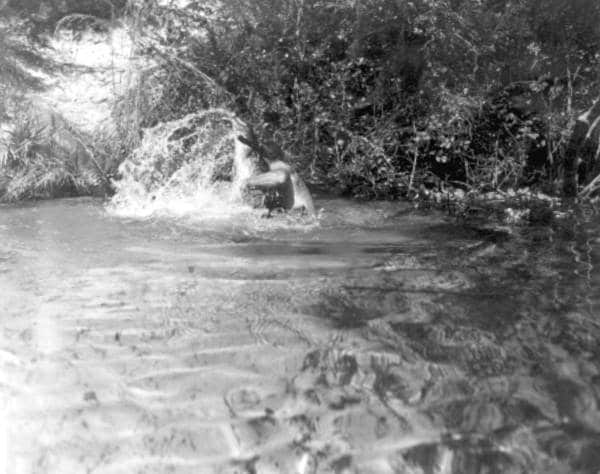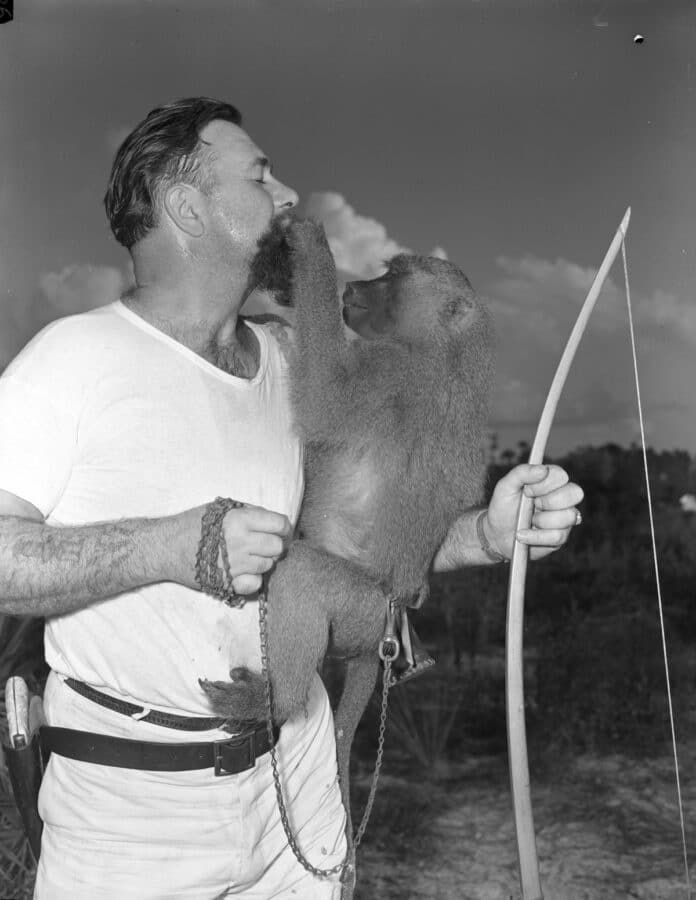Al Zaebst could have had a great reality television show if they had existed in the first half of the twentieth century. Zaebst was a well known photographer, hunter, and animal collector. He had made numerous trips to the African continent, his first was in 1924.
In Hernando he was known for creating the Aquatic Zoo at Weeki Wachee Springs in the late 40s. He set up animals in habitats along the river which tourists could view from the Weeki Wachee River via boats. To collect animals for his habitats along the river he captured a number of native animals including black bears and alligators. One of his methods of capturing alligators in the Weeki Wachee river was to jump in on top of the gator from his canoe and wrestle it while wearing loafers.

The Aquatic Zoo quickly became a popular attraction and was soon competing with the Mermaid Show as the primary attraction. People came from miles around to see the wonders that Zaebst had along the river. He had both native animals and exotic animals from around the world. This excitement led to a falling out with the owners of the park.
Zaebst and his wife Irma moved back to Ocala. Where they created Irmal Ranch. This was a show place where the Zaebsts displayed their extensive selection of souvenirs from their travels. They also had a number of animals on this ranch.

Zaebst was always around animals. He had a pet baboon named Fanny that he walked on a leash and took on hunts. He seemed at least as comfortable in the wild as he was around people.
Over time Zaebst seems to have refined his methods. He worked with the State Wildlife Commission to remove the nuisance alligators. Zaebst who estimated that he had relocated around 1000 unwanted alligators. Zaebst’s new method was to stalk the gators with a two man crew in a canoe. They would wear powerful headlamps and use a noose fashioned out of metal cable. The idea was to sneak up on the gator in the canoe and blind him with the light and slip the noose around him to prevent him from submerging.

After lassoing the gator they would let the gator wear itself out, then secure him with a rope. Then tow him to shallow water and get him into the boat. The difficulty with this method was staying in the canoe according to Zaebst “it was easier to get tossed out than stay in.” They do this at night since the gators can be temporarily immobilized with bright lights. On a successful night’s hunt the capture was 15 or 20 large gators.
His last African expedition was right before he got sick. The idea was to document the tribes as they existed at the time. He was accompanied by his brother Rev. Oran Zaebst an Episcopal Minister and several other people. The trip documented mission work in addition to the tribal life. He financed the trip by capturing large game and shipping them back to zoos and circuses. The trip lasted almost a year and the film they took was later shown in churches and publicly distributed.
During his long illness the couple had to sell the Irmal Ranch. Zaebst died on November 28, 1957 in Mercy Hospital, Miami. He left behind amazing stories and photographs.

